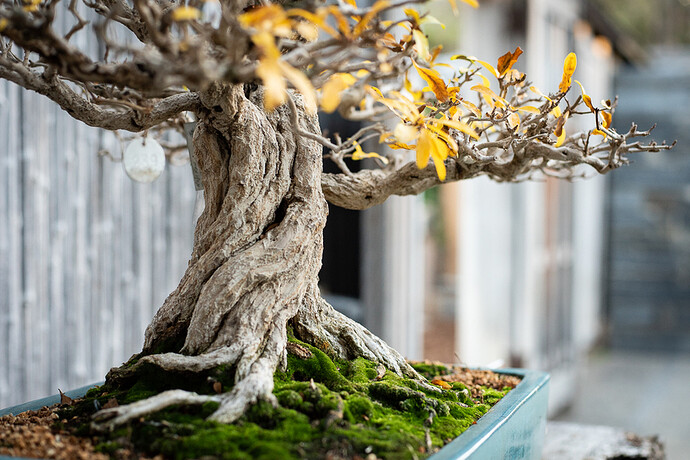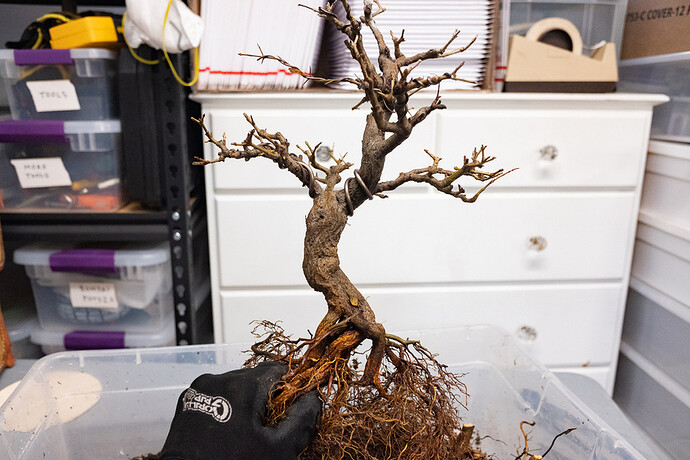I responded to another Mirai member answering a question about twisting pomegranate, and I thought it might be worth reposting here.
It is my understanding that Neji, Neji-kan or “twisting” is sort of like a cork bark genetic mutation, or a “contorted” genetic mutation you sometimes see in quince, etc. So you need to propagate them from the same plant–just like apples. All “granny smith” apples came from one tree and that tree was propagated again and again, same with each and every variety of apples we eat. If you plant the seeds of these trees, you will lose that unique mutation–so they must be grafted or made from cuttings, etc.
In the 1960s a man here in Southern California brought back some cuttings from a twisting pomegranate in Japan, and many of the twisting pomegranates here in the US came from that plant. (Like the Brazillian Rain Tree brought to Florida.)
Attached are some pictures I took of a twisting pomegranate in the Huntington Gardens collection here in Pasadena, where I volunteer on the weekends and help care for the trees (Ted Matson is the curator, who Ryan also studied under). This tree has been trained in a pot since 1970 by Jim Barrett (who has a number of other incredible trees on display). You can clearly see the twisting nature. This is one of the best pomegranates you will find anywhere, and it came from those original cuttings from the 60s.
I’ve seen trunks on these as big around as your leg, awesome to behold. Chikugo-En Bonsai nursery in Gardena, CA has a couple that grew through their nursery pots into the ground decades ago and they are about that big.
Also pictured is one of mine, clearly much smaller, that I just repotted. Something this size can be had for around $100. They are widely available here at bonsai nurseries, and usually labeled “nejikan” or “twisting” if they are that variety. Even giant cuttings of pomegranate (“as big across as your waist”) will root readily in pumice, so it’s also easy to propagate your own. They fatten up really nicely in the ground here because they love the heat.
It takes a number of years for the trunk to develop the twisting nature and the muscling doesn’t start to really be apparent until you have the branch die-off and repeated pruning that comes with age. Each branch will have a life line that runs down the trunk, sometimes to a specific root–so if a branch gets pruned, its line will contract all the way down the trunk. Similarly, if a branch grows strongly, its line swells. This leads to the muscling you see on an old trunk like this. (Apparently you also have to be careful when root trimming, as you can kill a branch by pruning its root! I haven’t had that problem, yet.)
If you search “twisting pomegranate” on ebay you will find some in the $250 range that are from a place here called “House of Bonsai” and I know they ship. Vicky there has some great trees–a large field of big ones like those–really fun to walk around. They also field grow ume and chinese quince and wisteria and pine and juniper–loads of stuff. And there are other people who field grow pomegranates too–Ryan got his from a guy in Fresno. But they do need the heat, so you won’t find Telperion having much luck with them (correct me if I’m wrong!).
The tree pictured here is absolutely breathtaking, a masterpiece–worth a visit to the Huntington Library and Gardens bonsai collection if you find yourself in the Los Angeles area. We’ve got some great stuff.
Keegan









